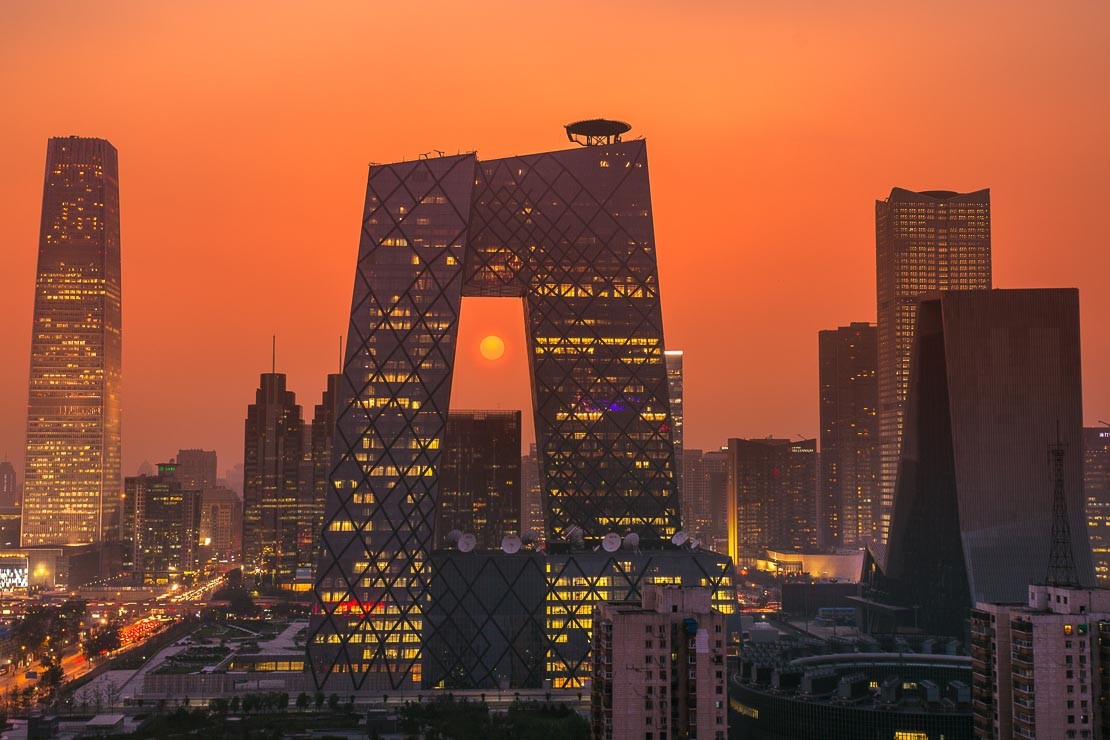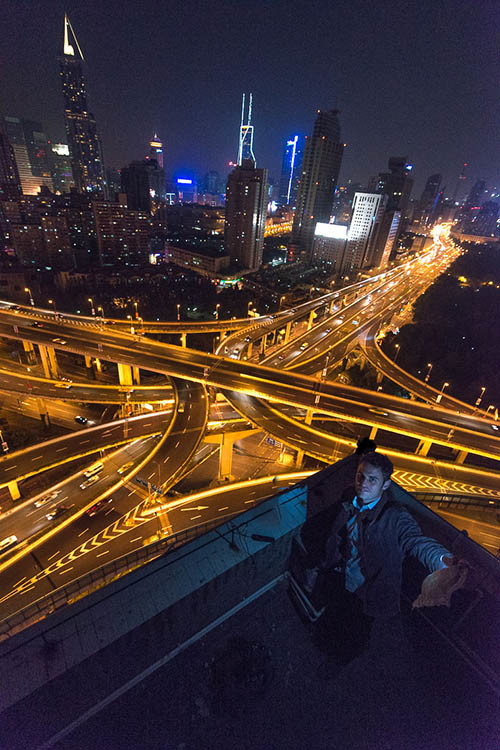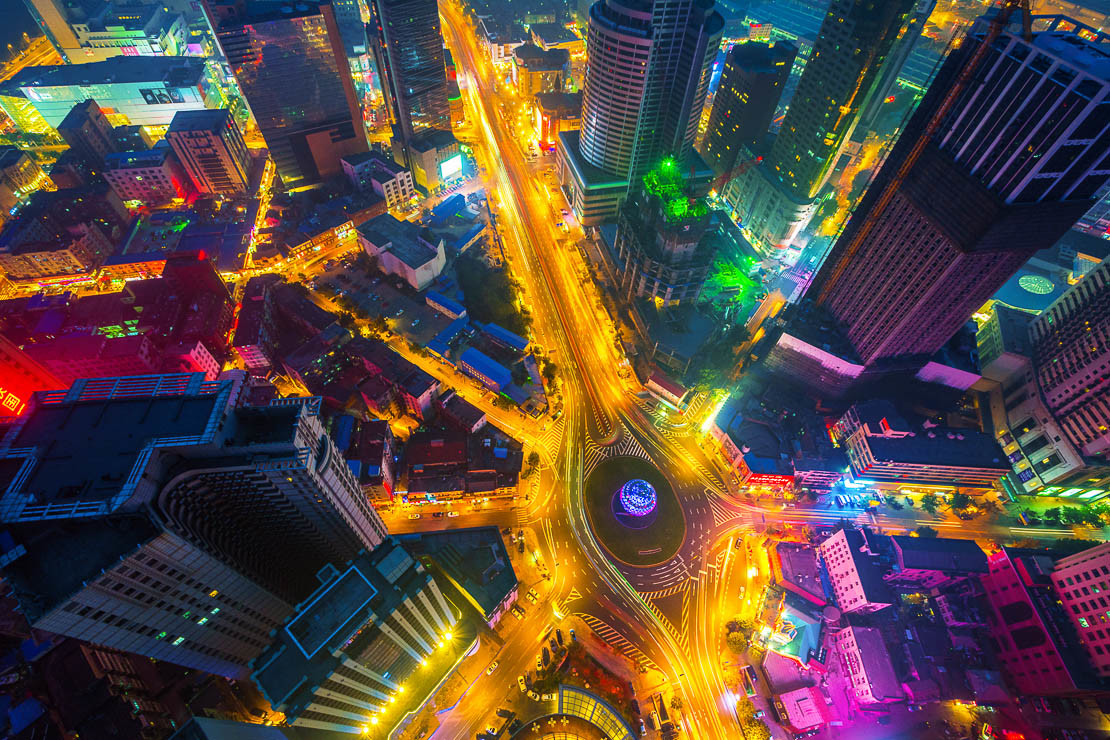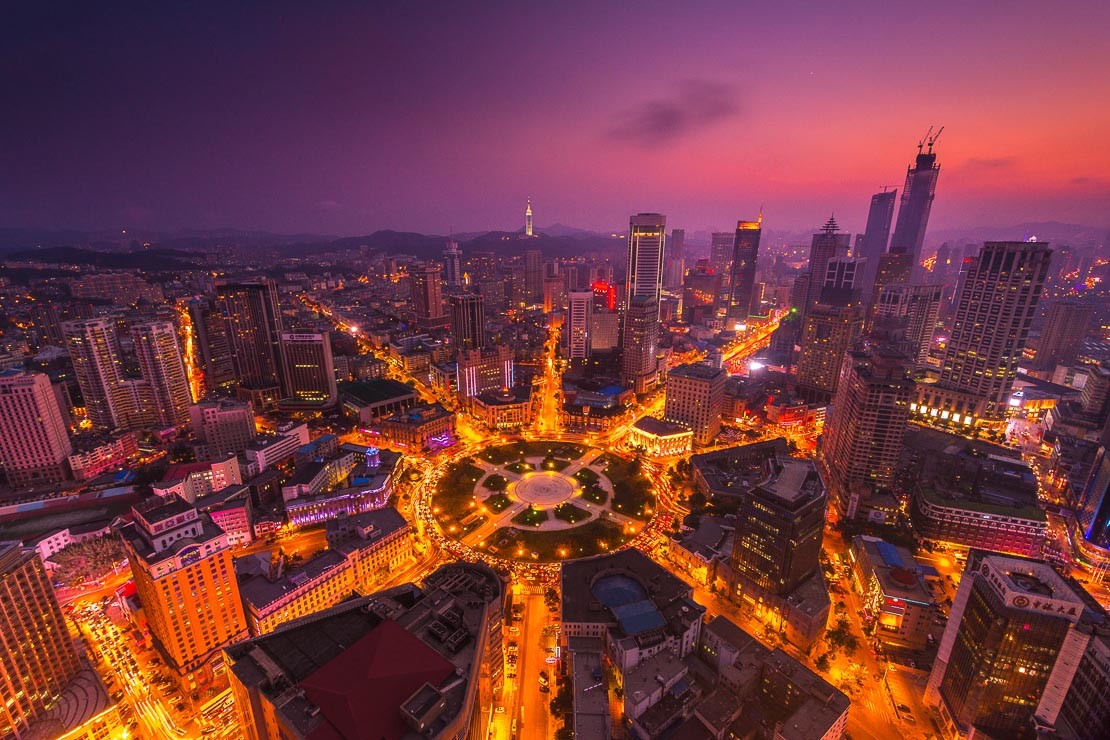Rob Whitworth is definitely the Master of time-lapse post-production. It’s a pleasure to host him on Time Lapse Network for a few minutes!
As you know, we love to tell story of success, those of the “a time-lapse can change your life” kind. We are therefore proudly publishing this exclusive interview with Rob: enjoy it!
Who’s Rob Whitworth, in a video-nutshell?
Before starting our interview, let’s have a look at Rob’s latest creation:
Introduction
Ciao Rob, and thanks for accepting our interview!
Top Story of the Day, Best of 2012, Best of 2013 and Best of 2014: you have been already awarded several times on Time Lapse Network thanks to your stunning videos!
1. How does it feel like being one of the most awarded time-lapsers on our site, and what do you think of it?
Wow thats really cool! I know that Time Lapse Network has a wide readership and always includes lots of really interesting timelapses. It’s fun how time lapse is one of those things that can transcend language and cultural barriers. As a creative It’s all very well making time lapse films but without great sites to showcase and curate it would all be for nothing.

2. It seems you put a huge effort in the post-production phase of your workflow, cause your creations are always providing that “something more” which is totally brilliant, and very hard to find into others’ videos.
Can you please share with us some details regarding the post-production phase? What’s your workflow during the shoooting, and how much planning is there behind the scenes?
Without going into to many specifics I like to play around with shooting to maximise possibilities in post production rather than solely adding value in post. It’s a luxury a typical production company does not have as I can control the whole workflow.
When I first arrive at a location I work out exactly the shot I want to achieve picturing the finished video in my mind. It’s a lot of fun trying to explain the ideas to clients. I think I often come across as sounding pretty crazy.

3. Our community simply loves your works Rob!
As some members are truly struggling to get their final videos look as sharp and neat as yours are, they would like to ask you to share details on your overall workflow: which software you use, and when.. how many video encoding passes.. direct RAW files editing, or.? .. final codec used, etc.. Would you please be so kind to give your precious advices?
A simple breakdown of my workflow is:
- Shoot RAW then organise files using Lightroom
- I also use LRTimelapse which is an amazing program that has become indispensable to my work. It allows easy transitions of all the LR settings and fixes issues like flicker effortlessly. In addition the ‘Holy Grail’ workflow is a great solution to shooting nightfall, adjusting the camera in single stop increments and correcting in post.
- I also do a lot of work in After Effects.
- For final assemblies, when setting to music etc, I typically use either Premier or FCP7.
It’s hard to give a precise overview as different techniques and required results need different workflows. The key thing is trying new things and being experimental. I often find it hard looking back at my work as there are so many things I have learnt since that could change how I previously processed and shot a sequence.
4. Nikon-brand addicted, or you’ve been able to test others’ gears and you find yourself more comfortable using Nikon’s in the end?
I did a shoot recently using Canon’s. Using a Canon combined with the Magic Lantern software is really impressive. I hope it comes out on Nikon soon. However I found working with Canon’s is like trying to draw with my right hand (I’m left handed). I think there are merits to both systems however my Dad used Nikon and so I have always done so too. I’m constantly emailing Nikon asking for new features.
5. In your opinion, who are the greatest time-lapser that you know and follow?
As a kid, watching programmes made by the BBC Natural History Unit was an inspiration. Their nature shows were often complemented by stunning time lapse sequences of seasons changing and other dramatic natural events. Now I’m going to be working with them on a forthcoming series which is something I’m really excited about.
In about 2008 I watched one of Keith Loutit’s ‘Bathtub’ time lapses. I was in awe. It told a story, was set to music and had it’s own unique style using tilt shift in time lapse.
At the moment there are lots of really exciting things going on in the timelapse world, and a number of amazingly talented people, so it wouldn’t be fair to single one person out.
6. We believe that producing very high quality time-lapse videos can somehow bring benefits to an author career. Do you agree with it? And if so, how is your life and work career changed with time-lapse production?
When I left high school I decided I wanted to be a photographer and since then I have put all my energies, my degree, into becoming better at this.
A key moment was in 2009 when I moved to Central Vietnam to live off savings (and my girlfriend) and improve my skills without the pressure of working for clients or other photographers. Ever since launching my first video ‘Traffic in Frenetic HCMC‘ at the end of 2011 commercial work has steadily increased. I’m currently working on five projects, some long term, some more immediate. So my life is now all about time lapse production as well as all the other things that come with running your own business.
I believe working in a career you love and are passionate about has it’s own benefits. You have to believe you are good and working on something relevant and if so the rest will follow (fingers crossed).

7. We are very interested in knowing how you perceive the professional time-lapse production market these days, and if you have been able to make the timelapse creation for a living!
I’ll let you know in 30 years! For me it’s about technology allowing new avenues of creativity. Doing cool stuff that simply was not possible a few years ago. I don’t spend my time lamenting the number of time lapse movies out there. I think it’s great. Bring on the next big thing, and the next creatives who take time lapse to another level.
I’ve found that learning how to run your own business, and working professionally with clients, can be just as important as the quality of your photography. The girlfriend (or Sue as I call her) I moved to Vietnam with, now my wife, also plays a big part in the business and is a huge support to me.
There is a limited number of people who are interested in ‘pure timelapse’ so to find a wider audience the important thing is to add different something to your work – whether thats a story, a technique, really interesting content or an amazing soundtrack.
10 years ago the professional time lapse market was very small as the costs were huge. It’s great that now with $500USD of equipment you can shoot 4k cinema quality footage. Technology has vastly improved image quality in photography over the last 10 years. It’s all pretty exciting. Imagine what we will be able to achieve in the future.
8. Do you believe there’s still a chance for amateur and pro videomakers to get out there and become worldwide known with a great time-lapse production – as you have been able to?
No not really, best give up. 🙂
I launched ‘Traffic in Frenetic HCMC‘ in Dec 2011. I was in central Vietnam using an Apple laptop and had a couple of ‘friends’ on facebook and no following on Vimeo etc. Within 3 days 700k people had watched it and it was appearing all over the worlds media, both online and bizarrely in print.
Anything is possible!

Thank you, Rob!
As the project founder, I would like to thank Rob Whitworth very much indeed for his time, kindness and great interview, which I believe is going to represent a true inspiration for all those reading TLN’s pages.
Good luck mate, and a warm embrace from the whole community of Time Lapse Network!
Marco

